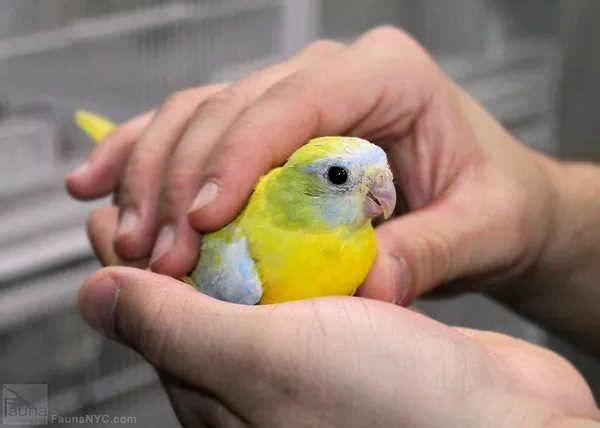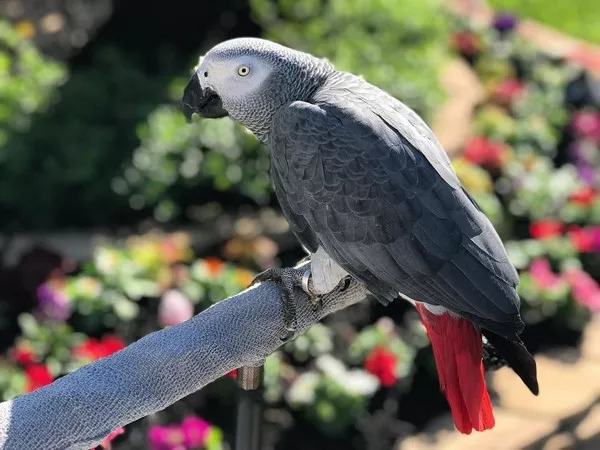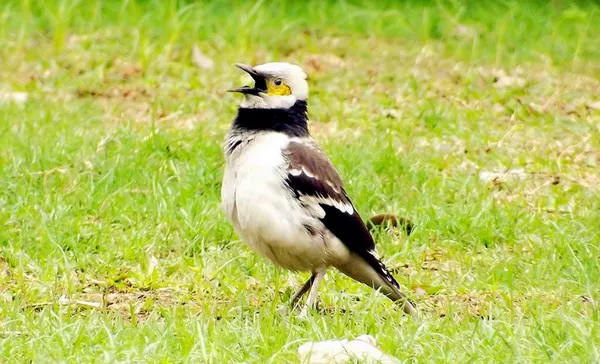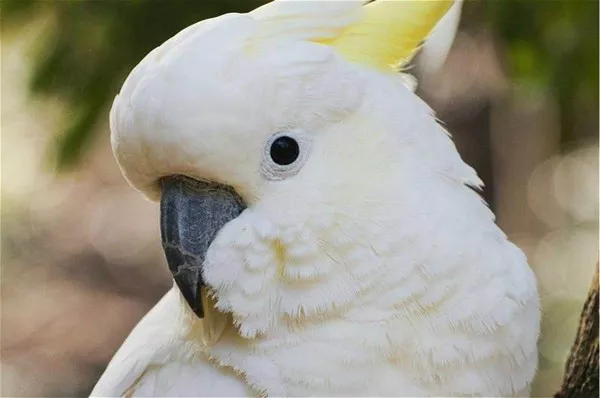The Indian Ringneck Parakeet has captured the hearts of bird enthusiasts and pet lovers worldwide. Renowned for their stunning plumage and engaging personalities, these birds have become increasingly sought after as beloved companions. If you are considering adding an Indian Ringneck to your feathered family, understanding the various factors that influence their cost is crucial. In this comprehensive article, we will explore in greater detail the aspects that contribute to the pricing of Indian Ringnecks, including rarity, color mutations, age, breeder reputation, geographical location, and additional expenses.
Rarity and Color Mutations:
When it comes to Indian Ringnecks, rarity and unique color mutations significantly impact their price. The most commonly found variety is the green Indian Ringneck, which tends to be less expensive compared to the rarer color variations such as lutino (yellow), blue, turquoise, or albino. These uncommon color mutations are bred through careful selection and specialized breeding techniques, which contribute to their higher price tags. If you desire a specific color mutation, be prepared to pay a premium.
Age and Maturity:
The age and maturity of an Indian Ringneck play a crucial role in determining their cost. Generally, younger birds are less expensive than mature ones. Young Indian Ringnecks require additional training, socialization, and time commitment to develop trust and bonding with their owners. Consequently, their initial cost may be lower. However, older birds that have already been trained or possess unique talking abilities may command a higher price due to their added value and the time and effort invested by the breeder.
Breeder Reputation:
The reputation and experience of the breeder significantly influence the price of Indian Ringneck Parakeets. Established breeders with a proven track record of producing healthy, well-socialized birds often charge a premium. This higher cost is a reflection of the breeder’s dedication to maintaining quality standards, providing proper nutrition, and ensuring the birds’ overall well-being. Purchasing from a reputable breeder not only enhances your chances of acquiring a healthy bird but also offers ongoing support and guidance throughout your ownership journey.
Geographical Location:
The geographical location in which you purchase an Indian Ringneck can affect the cost. Prices can vary based on supply and demand dynamics, as well as the availability of breeders in your area. Urban areas and regions with a higher demand for Indian Ringnecks may have slightly inflated prices compared to rural areas with fewer breeders. Additionally, factors like shipping costs or travel expenses to obtain a bird from a breeder in a different location should also be considered when calculating the total cost.
Additional Expenses:
While the initial purchase price is a significant consideration, prospective Indian Ringneck owners should account for additional expenses associated with their care. These can include a suitable bird cage, toys, perches, high-quality bird food, regular veterinary check-ups, and potential training or behavior consultation fees. It is essential to provide a safe and stimulating environment for your Indian Ringneck to thrive and maintain their physical and mental well-being. Factoring in these ongoing expenses is crucial for a responsible and fulfilling pet ownership experience.
Conclusion:
The cost of an Indian Ringneck Parakeet is influenced by factors such as rarity, color mutations, age, breeder reputation, geographical location, and additional expenses. It is important to carefully consider these factors when making a decision to purchase an Indian Ringneck as a pet. Remember that the initial cost is just one aspect of the overall investment required to provide a happy and healthy life for your feathered companion. By understanding the various influences on price and preparing for the long-term commitment, you can make an informed decision and enjoy the delightful companionship of an Indian Ringneck Parakeet for years to come. Remember to research reputable breeders, prioritize the bird’s welfare, and be financially prepared for the ongoing costs associated with their care.
Recommended reading:


























